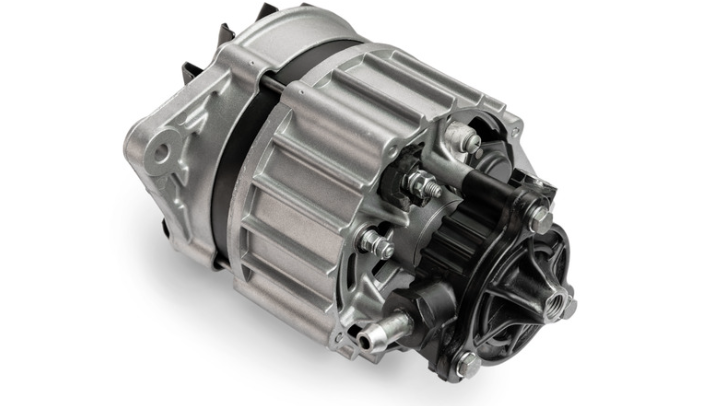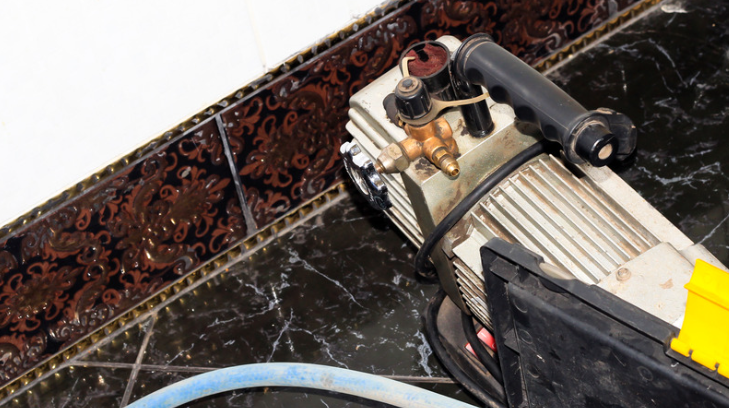Looking to make a vacuum pump on your own? You’ve come to the right place! In this DIY guide, I’ll walk you through the steps to create your very own vacuum pump. Whether you’re a hobbyist, a DIY enthusiast, or just someone looking for an interesting project, making your own vacuum pump can be a rewarding and educational experience.
Before we dive in, let’s understand what a vacuum pump does. A vacuum pump is a device that removes gas molecules from an enclosed space, creating a partial or complete vacuum. Vacuum pumps are used in various applications such as scientific research, the automotive industry, and even in everyday household items like air conditioners. By building your own vacuum pump, not only will you gain knowledge about its inner workings but also have the satisfaction of having something functional that you created yourself.
Now that we know the purpose and benefits of making our own vacuum pump let’s get started with the step-by-step process. From gathering the necessary materials to assembling the components and testing them out, I’ll provide detailed instructions along with helpful tips and tricks.

How To Make A Vacuum Pump
When it comes to making a DIY vacuum pump, selecting the right materials is crucial for ensuring its efficiency and durability. In this section, I’ll guide you through the key factors to consider when choosing the materials for your vacuum pump project.
- Pump Body: The pump body serves as the main structure of your vacuum pump. It should be made from a sturdy and corrosion-resistant material such as stainless steel or aluminum. These materials not only provide strength but also prevent degradation due to exposure to moisture or chemicals.
- Seals and Gaskets: To maintain an airtight seal, high-quality seals, and gaskets are essential components of your vacuum pump. Opt for materials like silicone or Viton rubber that are resistant to degradation under low-pressure conditions.
- Impeller: The impeller plays a vital role in creating suction within the vacuum pump. For optimal performance, choose an impeller made from lightweight yet durable materials such as plastic or stainless steel. Consider factors like blade design and balance to ensure efficient airflow.
- Motor: The motor provides power to drive the impeller and generate the necessary suction force in your DIY vacuum pump. Look for motors with sufficient horsepower (HP) rating that can handle the workload without overloading.
- Tubing and Fittings: Proper tubing selection is crucial for maintaining consistent pressure levels within your vacuum system. Use tubing made from materials like PVC, polyurethane, or silicone that offer resistance against chemical attack and have low permeability rates.
- Vacuum Gauge: A reliable gauge is essential for monitoring and adjusting pressure levels effectively in your DIY vacuum pump setup. Choose a gauge with accurate readings, preferably one designed specifically for vacuum applications.
- Filters: Incorporating filters into your vacuum pump system helps prevent debris or contaminants from entering critical components and affecting performance negatively. Select filters based on their micron rating and compatibility with the different substances you’ll be handling.
When selecting materials for your DIY vacuum pump, prioritize quality and compatibility with the intended application. It’s also essential to follow safety guidelines and consult professional advice if needed.
Choosing the right materials for your DIY vacuum pump involves considering factors such as pump body construction, seals and gaskets, impeller design, motor power, tubing and fittings selection, vacuum gauge accuracy, and appropriate filters. By focusing on these aspects, you can build a reliable vacuum pump that meets your specific needs.

